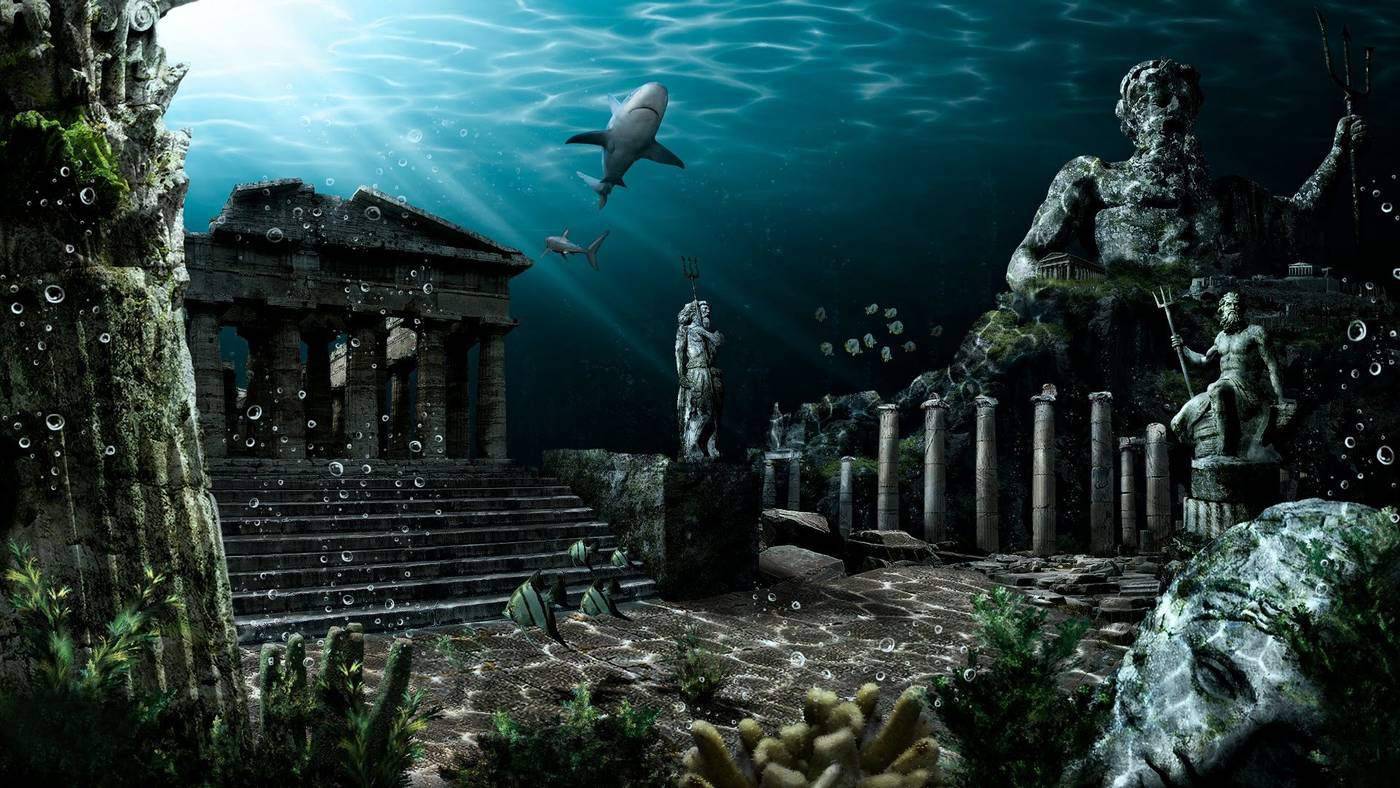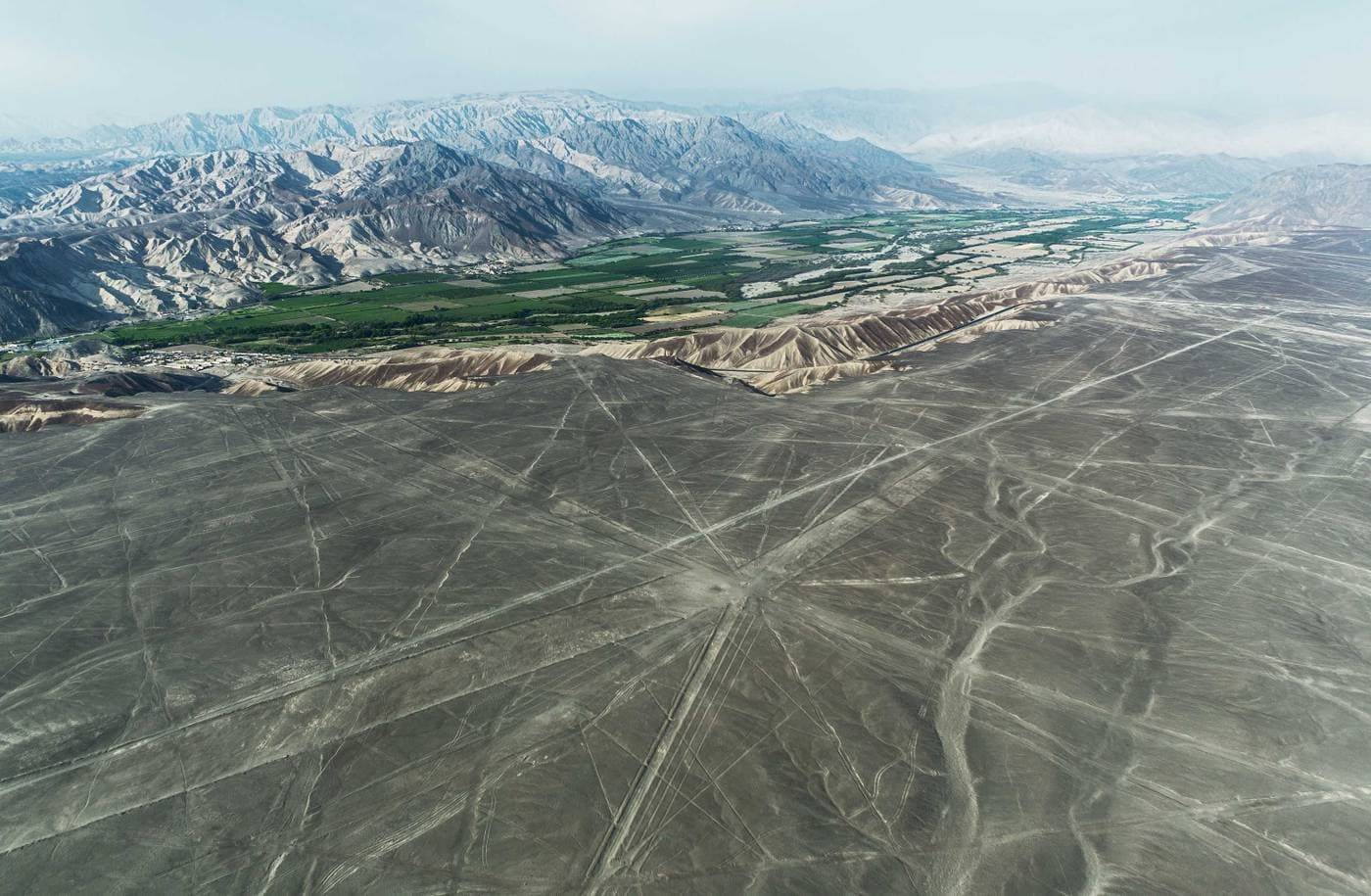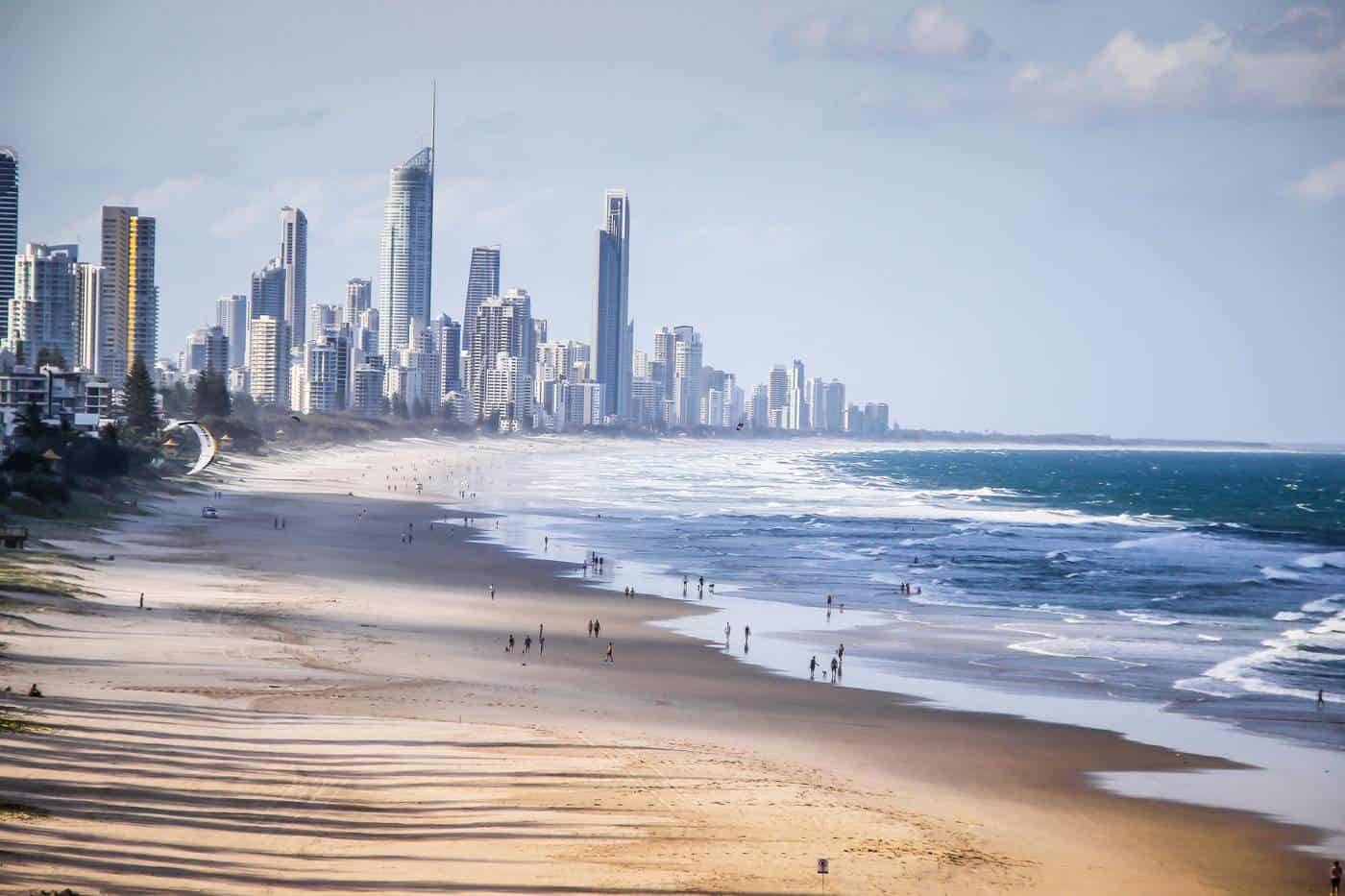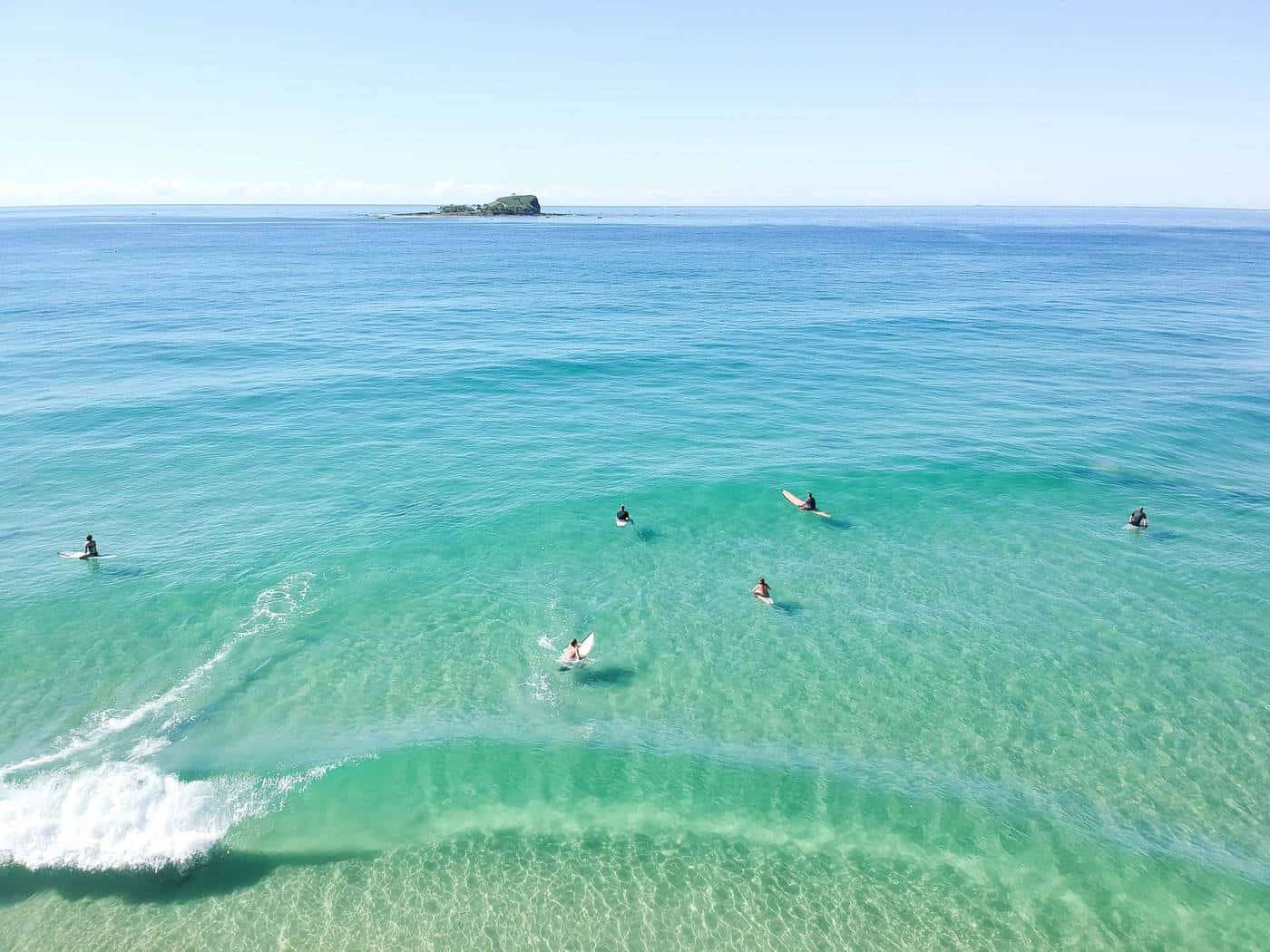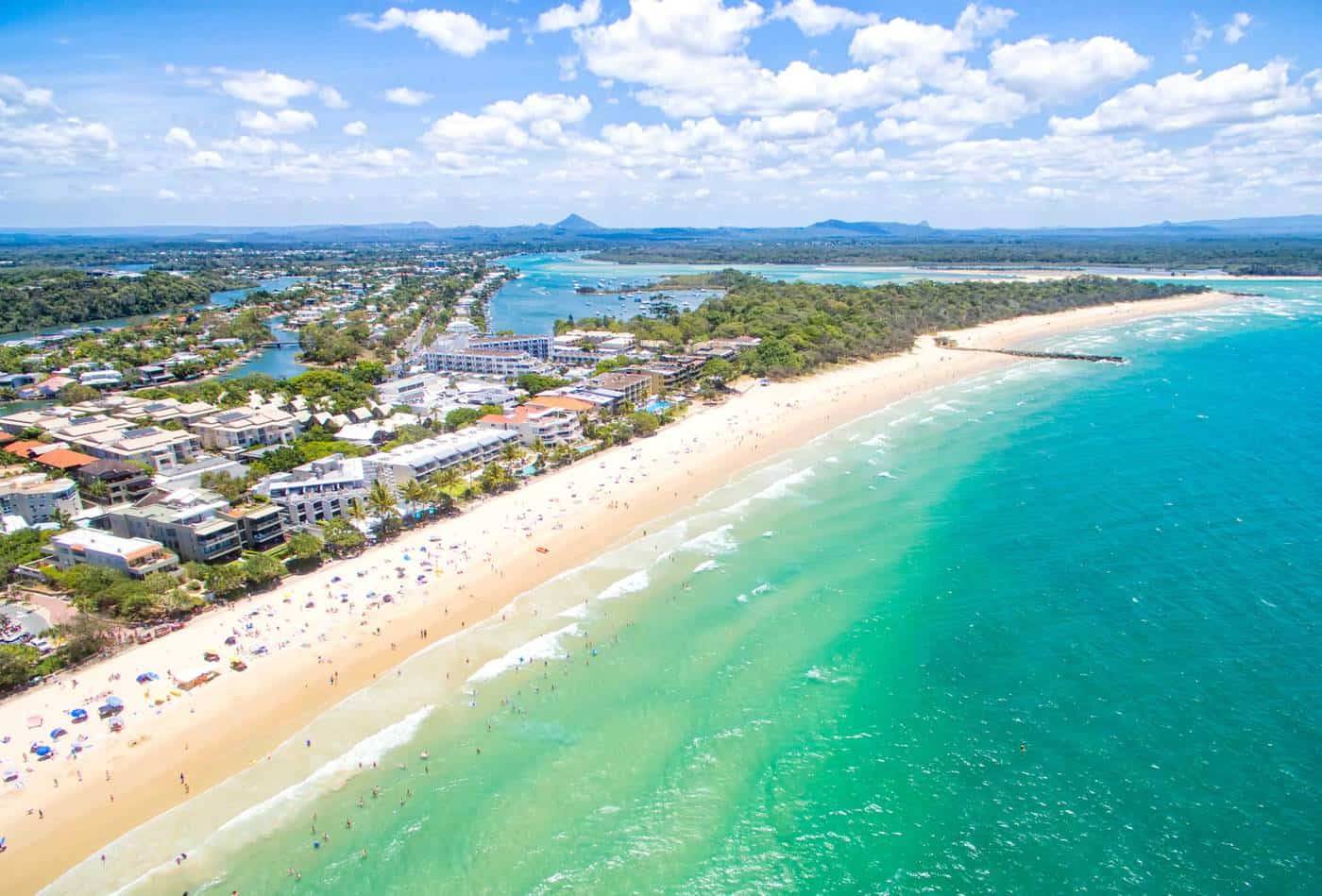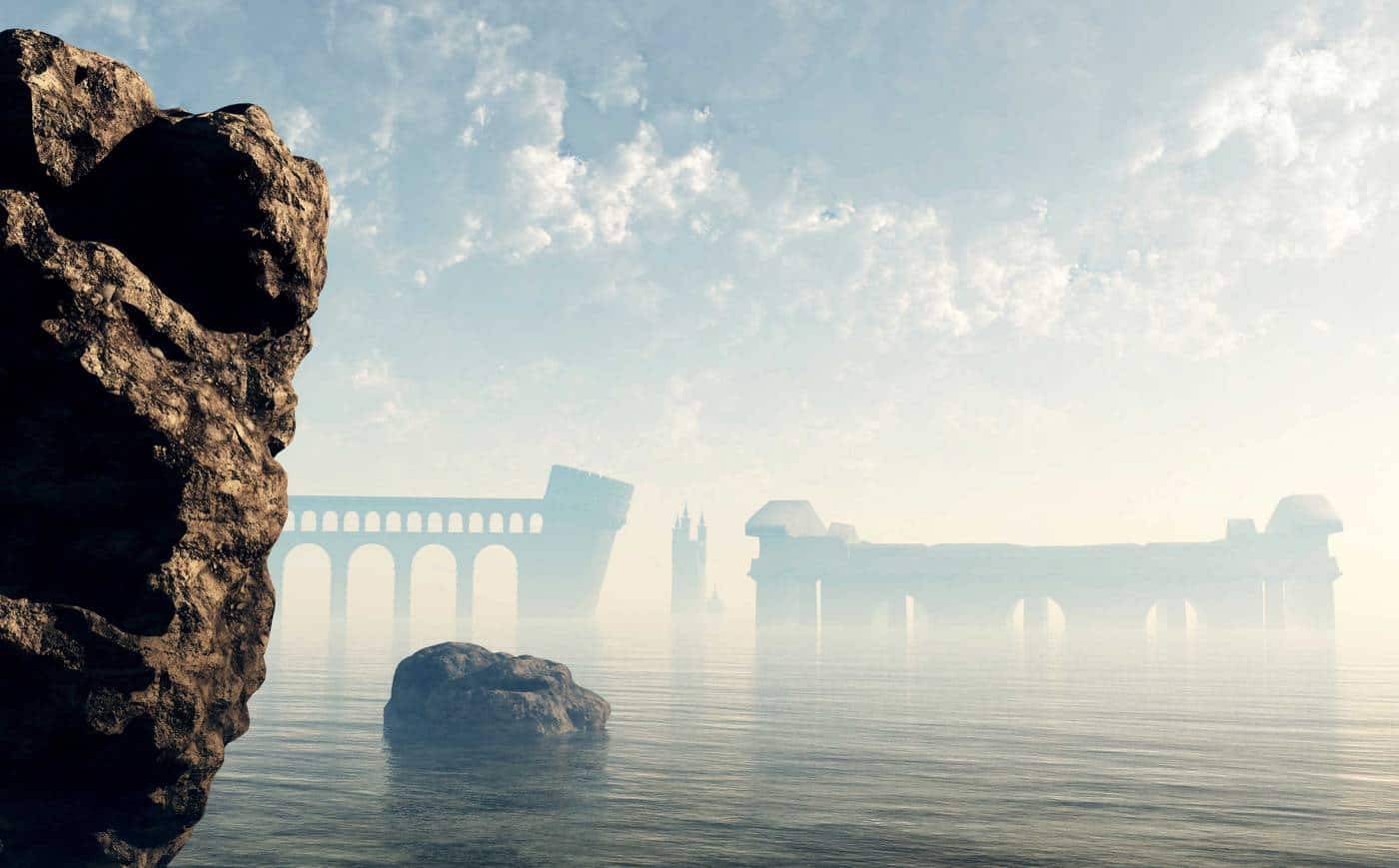
MYSTERIOUS ANCIENT SITES UNCOVERED: 5 ASTONISHING UNSOLVED MYSTERIES OF OUR WORLD
For thousands of years, fabled cities have had a vicelike grip on our imagination. Even such a wise philosopher as Plato got excited thinking about how some of the most advanced civilisations could have vanished without a trace. His obsession with lost cities has trickled down hundreds of generations and given us the most tantalising puzzle of Atlantis. But there are many other mysterious ancient sites whose stories have never been uncovered.

The imaginary Atlantis according to NatGeo is one of the Mysterious Ancient Sites Uncovered in our article
1.THE EPIC LEGEND OF ATLANTIS
The existence of Atlantis was first recorded in Plato`s scripts around 300 BC. His theory was based on Solon`s suggestion (600 BC) that there was once a powerful island civilisation that disappeared due to an earthquake followed by big waves; Solon allegedly heard this from the Egyptian priests during his visit to Nile Delta.
Ever since then, there have been curious adventurers and even fanatics trying to find the lost island of Atlantis and reveal its secrets.
Several potential Atlantises have been discovered – and keep being discovered – in the oceans around the globe, yet none of them has been confirmed to be the site of the ancient story. The Greek island of Santorini has always been associated with Atlantis, but it is rather a romantic myth than truth.
Finally, these 3 sites seemed to epitomise the best images of Atlantis, albeit none of them turned out to be the one:
CAMBAY IN INDIA
In May 2001 Indian underwater archaeologists detected signs of an ancient submerged settlement in the Gulf of Cambay, off Gujarat.
The acoustic-imaging analysis identified a 9 km long stretch of what had once been a river now lying 40 m beneath the waves. Evidence retrieved from the site, including pottery, beads, sculptures, wood and human teeth, was estimated to be from around 7500 BC – these, however, were not sufficient to prove the existence of Atlantis.
YUCATAN IN CUBA
In the same year, 2001, another lost city was discovered – this time of the west coast of Cuba in the Yucatan channel by scientists who were hoping to find sunken pirate ships laden with treasure.
The fact that some of the buildings appeared to be shaped like pyramids got dozens of Atlantis-hopefuls extremely fired up. Sadly for them though, no one has ever managed to either affirm or reverse the presumption.
YONAGUMI IN JAPAN
A strange megalithic structure was found in Japanese waters off the Island of Yonaguni, and there was no doubt the complex was human-made. The 100 m long structure was come across by a scuba diver in 1985, and its age was roughly estimated to be at least 6000 years, which would theoretically fit.
However, there was no further evidence to continue in the research. And so, the great legend of Atlantis remains a myth, a romantic Utopia and an antique fable that keeps on stimulating imagination and curiosity. Perhaps, that is the way it should be.
2.STONEHENGE
The prehistoric monument in Wiltshire in England has gained a reputation for a huge ring of stones, standing tall in the middle of grassy plains and indeed a mysterious ancient sites that we uncovered in this article.
It is the densest complex of Neolithic and Bronze Age monuments in the UK, more than 5000 years old and it could have possibly been a burial ground or a sacred spiritual site of a ritual significance.
Stonehenge is very atypical though, and there are many different hypotheses and theories referring to this baffling place yet none of them has ever been affirmed neither reversed.
Moreover, just 2 miles away, a large collection of stone monoliths was unearthed in 2015. Being called ‘Super-Henge,’ the Neolithic site is believed to have a close connection with Stonehenge, but again, all the assumptions need more evidence.
3.RAPA NUI
The legendary Easter Island got written into history for its famed archaeological site whose origin has never been revealed. The Chilean Island is defined by 887 monumental ‘Moai’ statues, which are carved human figures with oversized heads and rest on a large stone pedestal, created between the 11th and 16th centuries.
The giant Moais were made from compressed, solidified volcanic ash, but it is uncertain how were the statues transported and erected, considering that at that time only limited equipment would have been available.
The meaning of the statues remains unclear as well as the reason why the ancient Rapa Nui culture eventually collapsed. There are several theories, one of which suggests that the UNESCO heritage site could have been settled by the Polynesians around 700 BC but overpopulation, man-spoiling, and deforestation of the island would have likely led to extinction.
Nevertheless, the descendants of Rapa Nui continue to dwell in ‘The Navel of the World’ – one of the most significant archaeological sites on Earth.
4.QIN SHI HUANG`S TOMB
In 1974, farmers in China’s Shaanxi province accidentally unearthed one of the greatest archaeological finds of the 20th century — the life-size ‘Terracotta Army’ of Emperor Qin Shi Huang.
The intricately carved figures dating back to 250 BC are no enigmas. What is not known, however, is where exactly the emperor is buried and what treasures his tomb might be hiding.
No one has entered the pyramid-shaped mausoleum that holds Qin Shi Huang’s remains. Whether archaeologists will ever have the technology, they need to safely excavate the tomb remains a question, as do the secrets which lay inside.
5.NAZCA LINES
Best seen from the air, the staggering lines were first spotted in the Peruvian Nazca Desert by commercial aircraft in the 1920s. The extensive series of large ancient geoglyphs is stretching over 80 km of desert land, and it is believed to be created around 500 BC.
Hundreds of basic lines and various geometric shapes form sketches of animals, birds, fish, plants and human figures. Researchers` conspiracies about the meaning of the lines range from ascribing religious significance to them, astrological, spiritual and even alien communication purposes.
New theories are popping up like mushrooms, yet, no single evaluation proves any of them. And so, just why these lines were built remains enigmatic.

